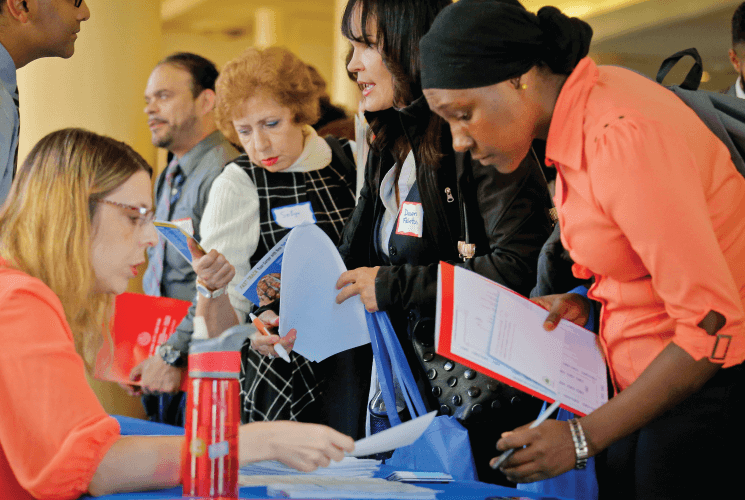I have only been on the same stage as Larry Kudlow twice in my life. In neither case did he provide any intellectual substance at all. This, a decade ago, was the second time:
Hoisted from the Archives from 2007: I was sitting on the right end of an nine-person panel at the New School Friday morning http://www.cepa.newschool.edu/events/events_schwartz-lecture.htm#webcast. Bob Solow was sitting on the left end–Solow, Shapiro, Schwartz, Rohatyn, Kudlow, Kerrey, Kosterlitz, Hormats, DeLong. Bob Solow expressed concern and worry over the declines in the U.S. savings rate over the past generation. Larry Kudlow, in the middle of the panel, aggressively launched into a rant…
…about how the NIPA savings rate was wrong, about how the right savings rate was the change in household net worth, about how there was no potential problem with America saving too little, that the economy was strong, and that that day’s employment report had been wonderful, and that Paul Krugman had predicted nine out of the last zero recessions, et cetera, et cetera, et cetera.
What is one to do? You watch a guy–Bob Solow–one of the smartest and most thoughtful people I know, having his intellectual impact neutralized by a guy–Kudlow–who really isn’t in the intellectual inquiry business anymore. Kudlow clearly has not thought through the biases and gaps in the household net worth number: if he had, there is no way he could say what he is saying.
On paper, in print, on the screen, one can point out that the employment report was anemic–it was not a bloodletting by any means, but it was a bit disappointing. On paper, in print, on the screen, one can say that there is reason to worry about the decline in housing demand and the possibility that it might trigger a recession.
On paper, on print, on the screen, one can list the seven potential wedges between the NIPA savings rate and the change in household net worth:
- There is a gap between the rate of return on the average investment made in a year and the cost of capital, which means that $1 of savings on average produces more than $1 of value.
- The NIPA may well understate corporate savings and investment by counting a bunch of investments in organizational form as corporate operating expenses.
- All of us free-ride on technological research and development, reaping where we do not sow, gathering where we do not scatter, and profiting where we do not save and invest.
- Shifts in the distribution of income away from labor and toward capital increase measured household net worth–which includes the increased expected future profits from capital–but not true household net worth–which also includes the decreased expected future wages of labor.
- Declines in interest rates make the future more valuable relative to the present and so raise measured household net worth today–which is measured in today’s dollars–without any outward shift in the true consumption-possibilities frontier.
- Government deficits that raise the debt lower national savings but not measured household net worth.
- Good news about the future produces windfall gains and bad news windfall losses which alter this year’s household net worth without telling us much about over-all long-run accumulation trends.
On paper, in print, on the screen one can say that reasons (4), (5), and (6) pushing up measured household net worth are reasons to discount that statistic as misleading: they do not reflect any true increase in appropriately-defined wealth. One can say that any increase in household net worth caused by (7) is a transitory phenomenon that tells us little about permanent saving and accumulation patterns. One can say that (1) and (2) affect the level but not the trends of saving, and do not speak to Solow’s worry about the savings-investment rate’s decline. One can say thus that only reason (3)–the effects of the now decade-long computer-and-communications real investment boom on our total wealth–provides a reason to even begin to think about whether Bob Solow’s worries about declining savings as measured by the NIPA are at all overblown.
But there are ninety minutes for a panel with nine people on it. To the audience it looks like two cocksure economists who disagree for incomprehensible reasons. And my ten minute share will come too late to try to referee Solow-Kudlow in any fair, balanced, and effective way.
It’s an un-discourse situation: Kudlow doesn’t acknowledge–may not know–the flaws in his chosen statistic. And I can’t help wonder what Kudlow would be saying if a Democrat were president.
It’s an intellectual Gresham’s Law in action…
What can I do? I can blog about it.
And I can, a decade letter, hoist it from the archives…



